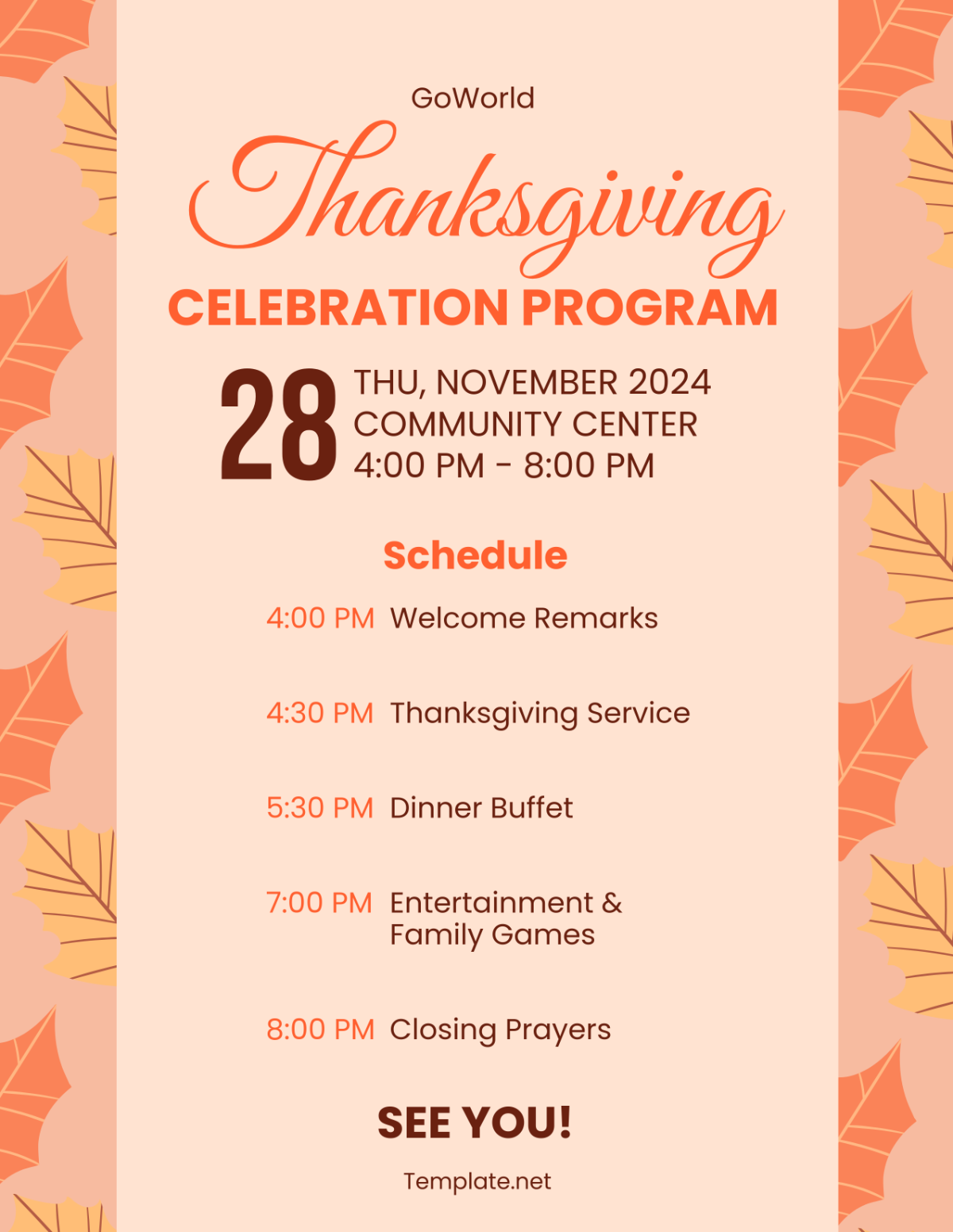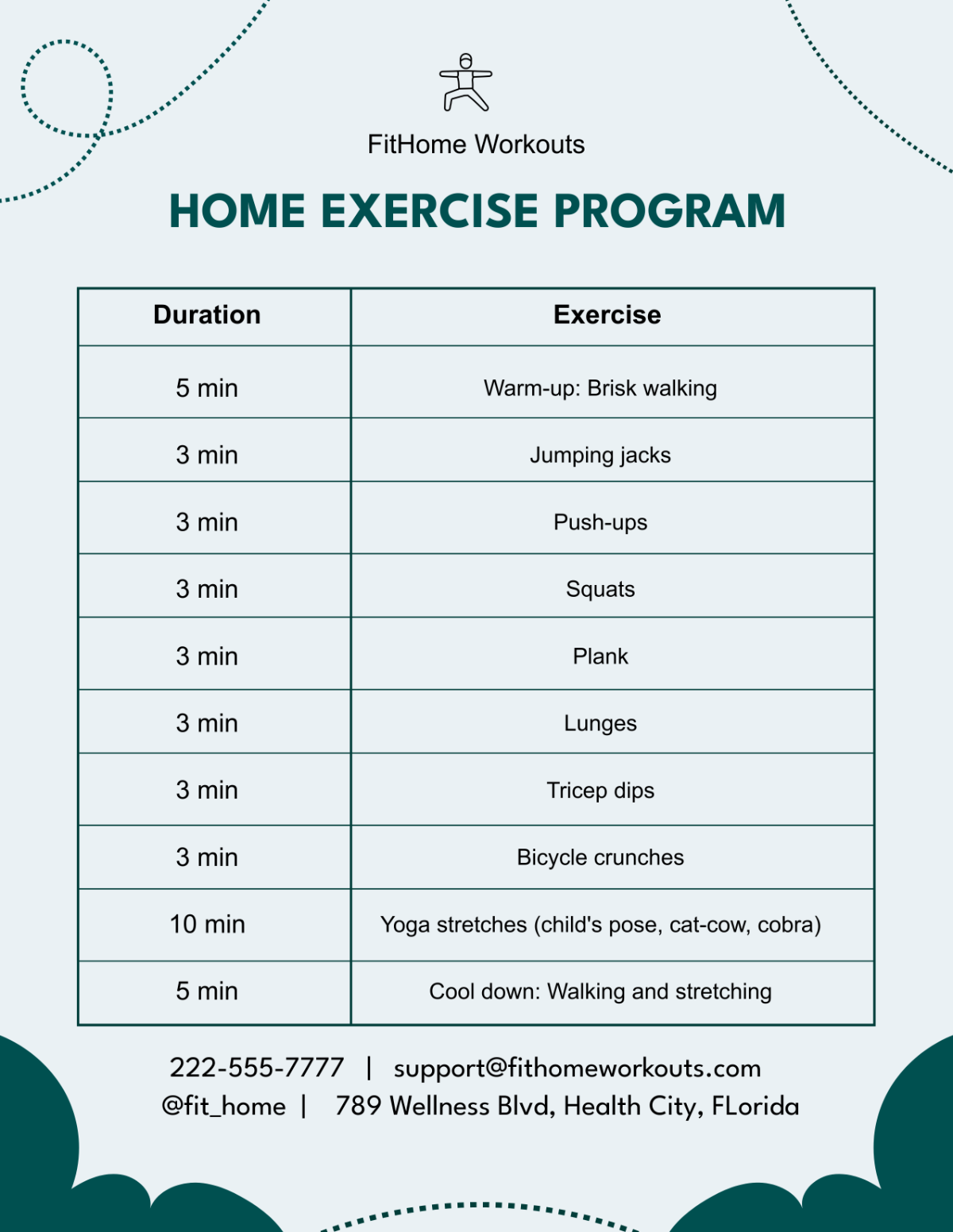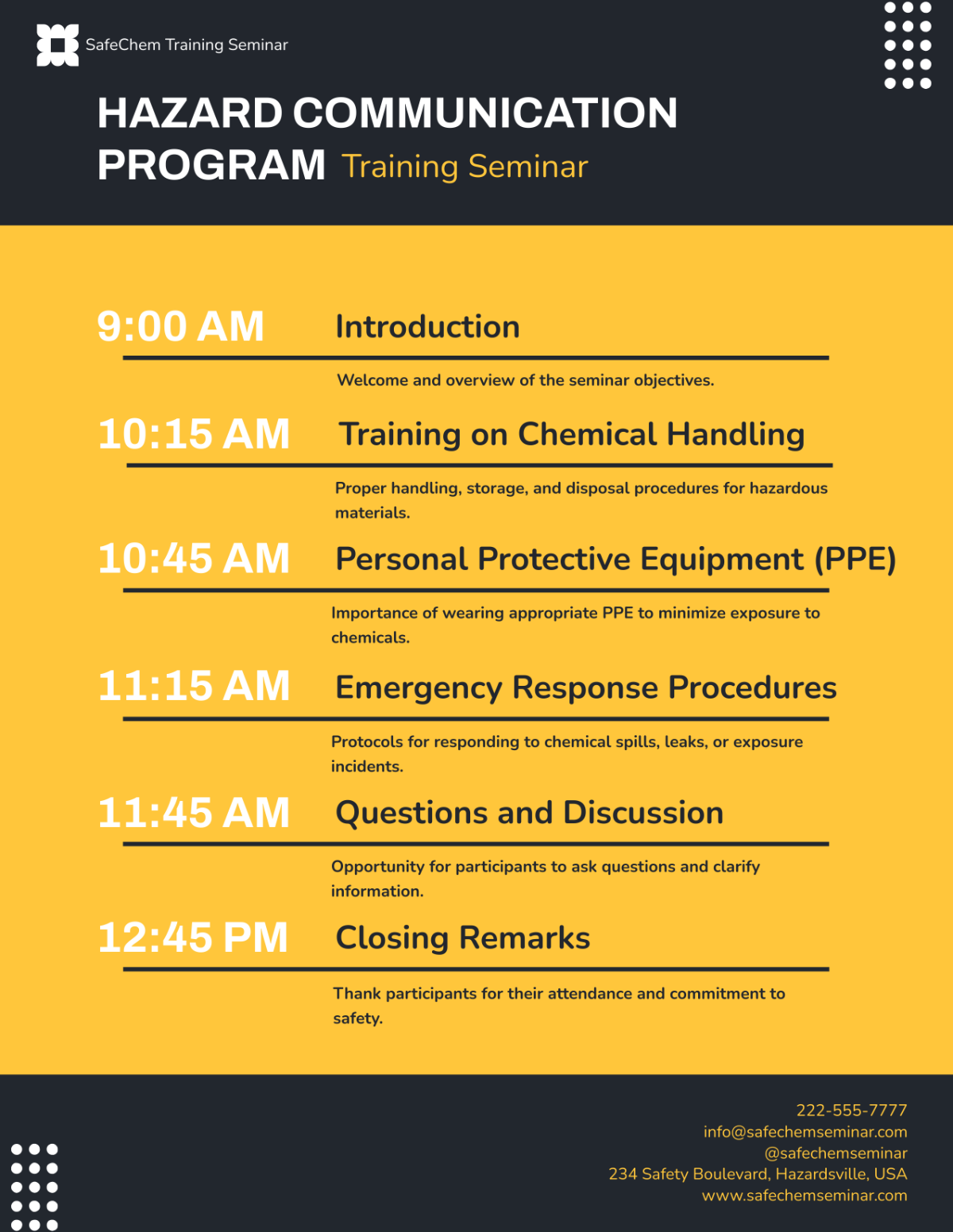Training Program Review Outline Proposal
Prepared by: [Your Name]
Company: [Your Company Name]
Date: [Date]
I. Introduction
The objective of this proposal is to delineate a clear and structured plan for evaluating the effectiveness, relevance, and outcomes of the ongoing training program. A thoughtful and systematic review is essential for ensuring that the training addresses its intended goals and adapts to meet the evolving needs of participants and stakeholders. By conducting a comprehensive review, the organization can ensure that the program not only meets its current objectives but also remains responsive to future challenges and growth opportunities.
A successful training program must balance content quality, delivery effectiveness, and participant engagement. This review will provide actionable insights to improve the program’s overall impact.
II. Objectives
II.I Primary Objective
The primary objectives of the review are:
Assessing the overall effectiveness of the training program: This includes evaluating the success of the program in achieving its intended learning outcomes and improving employee skills and competencies.
Determining the relevance of training materials and methods to real-world applications: The review will identify whether the content and delivery methods are aligned with the practical demands of participants' roles and responsibilities.
Identifying areas for improvement to enhance participant engagement and learning outcomes: Suggestions for improvement will be based on participant feedback, performance metrics, and observed trends.
II.II Secondary Objectives
In addition to the primary objectives, the review will also aim to:
Evaluate participant satisfaction and feedback: A key focus will be on gathering data about participant perceptions and satisfaction with the training experience.
Analyze the return on investment (ROI) for stakeholders: This will involve calculating the cost-effectiveness of the program by assessing whether the skills gained are translating into measurable organizational benefits.
Ensure alignment with organizational goals and objectives: The review will ensure that the training is contributing to the broader strategic goals of the company, fostering skills that are necessary for long-term success.
III. Review Criteria
III.I Quality of Content
The content review will assess several key aspects:
Relevance to participant roles and responsibilities: Content should directly relate to the work participants are doing and the challenges they face in their daily tasks.
Accuracy and currency of information: All materials must be up-to-date and reflect the latest industry standards and practices.
Sustainability and long-term utility of skills taught: The review will consider whether the skills participants learn are adaptable to future job functions or industry trends.
III.II Delivery Methods
The review will evaluate the effectiveness of the various delivery methods used during the training program:
Effectiveness of teaching methodologies: Were the teaching methods (e.g., lectures, workshops, interactive sessions) appropriate for the subject matter and audience?
Use of technology and other instructional aids: Assess the use of digital tools, software, and other aids that support participant learning.
Adaptability to different learning styles: Review how well the training accommodates participants with diverse learning preferences (e.g., visual, auditory, hands-on).
III.III Participant Outcomes
This section focuses on the measurable impact of the training on participants:
Knowledge retention rates: Were participants able to retain and apply the knowledge gained from the training?
Application of learned skills in the workplace: Evaluate how effectively participants have incorporated the training into their job performance.
Overall satisfaction levels: Surveys and feedback forms will be used to gauge participant satisfaction with both the content and delivery of the program.
IV. Methodology
IV.I Data Collection
Data will be gathered through a mix of quantitative and qualitative approaches, ensuring a well-rounded review of the program’s impact:
Method | Description |
|---|---|
Surveys | Online surveys will be distributed to participants post-training to collect their feedback on content, delivery, and overall experience. |
Interviews | Structured interviews with selected participants and trainers will provide deeper insights into specific areas of strength and weakness. |
Observation | Direct observation during training sessions will help evaluate participant engagement, trainer effectiveness, and the suitability of delivery methods. |
IV.II Data Analysis
Statistical analysis: For quantitative data, such as survey responses and performance metrics, statistical analysis will be used to identify trends and patterns.
Thematic analysis: Qualitative data from interviews and open-ended survey questions will be analyzed to identify common themes related to participant satisfaction, content relevance, and delivery effectiveness.
This combination of methods will provide a holistic view of the training program’s performance, allowing for robust conclusions to be drawn.
V. Timeline
V.I Proposed Schedule
The review process will take place over three months, following the schedule below:
Phase | Duration | Activities |
|---|---|---|
Phase 1 | Weeks 1-2 | Preparation and data collection, including surveys and scheduling interviews. |
Phase 2 | Weeks 3-5 | Data analysis, including statistical review of surveys and thematic analysis of interviews. |
Phase 3 | Week 6 | Development of initial recommendations based on analysis findings. |
Phase 4 | Weeks 7-9 | Finalization of the report and presentation to stakeholders, including recommendations for program improvements. |
VI. Recommendations
The recommendations section will outline specific, actionable steps based on the review findings. These may include:
Content Revisions: Updating or expanding course materials to address gaps or improve relevance.
Improved Delivery Methods: Implementing new teaching techniques, increasing the use of technology, or offering alternative formats (e.g., online modules).
Program Structure Adjustments: Adjusting the frequency, duration, or scope of the training sessions to better meet participant needs.
Ongoing Feedback Mechanisms: Establishing ongoing feedback loops so that the training program can be continuously improved in response to participant feedback and organizational changes.
VII. Conclusion
The training program review is essential to ensuring that the training continues to meet its intended objectives and delivers value to participants and the organization as a whole. By conducting a systematic review, the organization can identify areas for improvement and make data-driven decisions that lead to more effective training outcomes.
The insights gained from this review will support the organization in fostering a culture of continuous improvement, ensuring that employees remain equipped with the skills necessary for success in an ever-evolving workplace.

















































